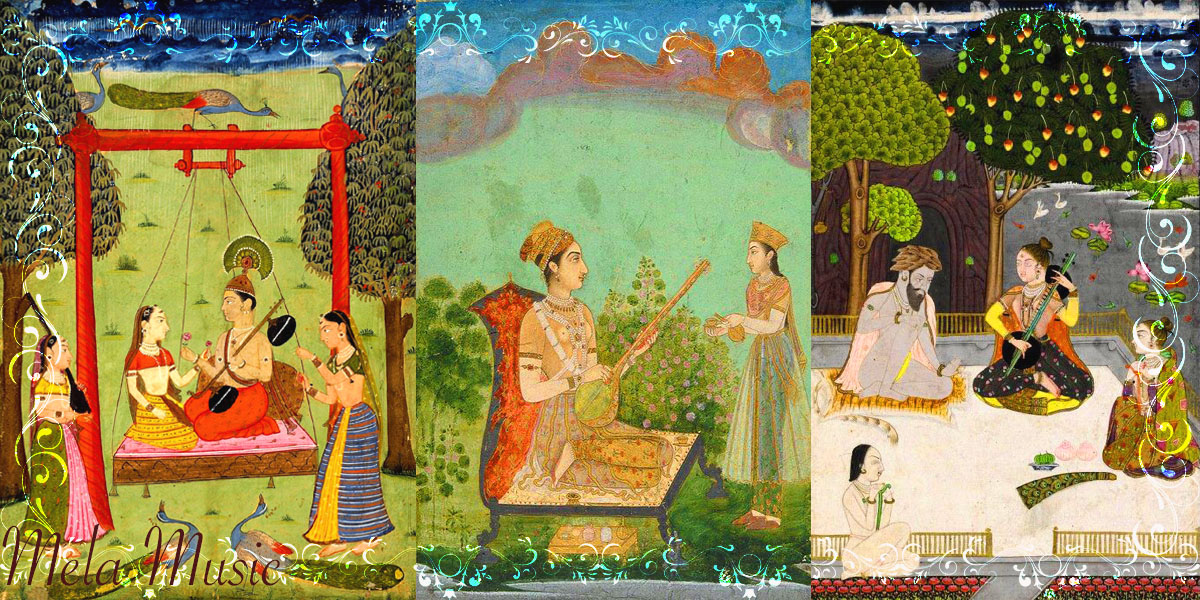
Raga Chhayanat, also known as Chhayanata or Chhayanata Kalyan, is a prominent raga in the realm of Indian classical music. It is often associated with the Kalyan thaat, which provides a framework for its melodic structure. Raga Chhayanat is typically performed during the late evening.
The emotional landscape of Raga Chhayanat is characterized by a contemplative and introspective quality. It often evokes a sense of yearning, longing, or pathos. This raga offers a canvas for musicians to explore intricate melodic patterns, delicate ornamentations, and nuanced expressions, creating a serene and tranquil ambiance.
Chhayanat’s melodic phrases are typically rendered with a slow and measured pace, allowing for intricate note patterns and graceful glides between notes. Musicians often employ various improvisational techniques, such as meends (glissandos), gamaks (ornamental oscillations), and taans (rapid melodic runs), to further enrich the melodic structure and evoke the raga’s distinctive emotional depth.
While Raga Chhayanat is a classical raga, it has also found its way into light and semi-classical forms of music, including thumris, bhajans, and film music. Its evocative and emotional appeal makes it a versatile raga that resonates with a wide range of listeners.
In summary, Raga Chhayanat is a captivating raga within the Kalyan thaat, known for its unique melodic structure, evocative emotions, and associations with the late afternoon hours. It continues to captivate audiences and musicians alike with its contemplative and soul-stirring melodies.
